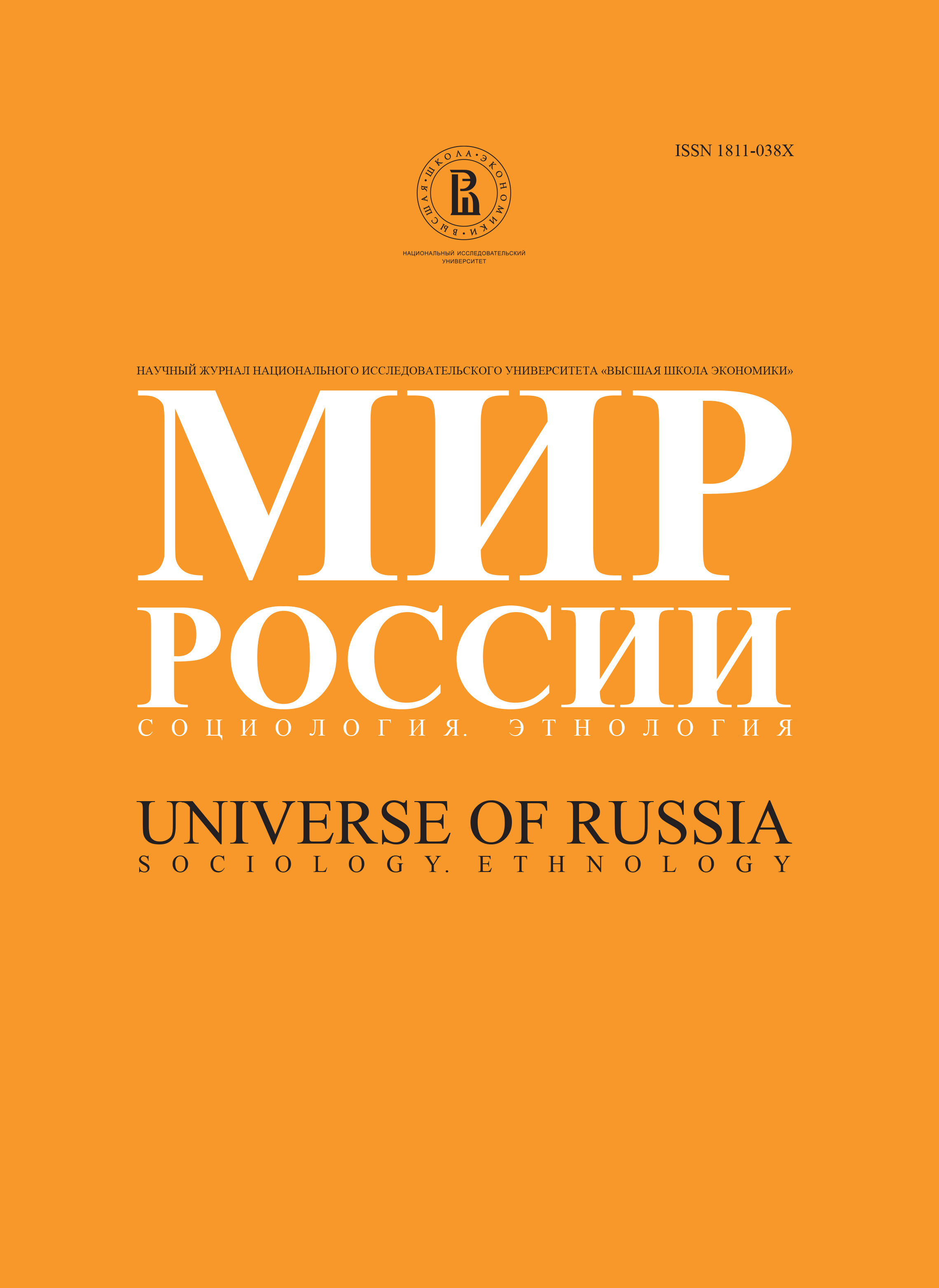The first changes of post-Soviet elite
Abstract
In given article the author investigates the process of changes in modern political elite in Russia. The results of work are based on the study of three lists of most popular politicians, completing by the "Vox populi" services and published in the "Independent newspaper". The first list concerns by September 1993. The composition of this list is the top of political process, started after the Belovejsky agreement. The second list concerns by December 1993, behind the execution of the "White House" and the dissolution of the parliament, the parliament elections were held. In this list we can see the results of movements in political forces. The last list concerns by December 1994. Its of beginning of militaries actions in Chechnya, the peace stage in formation of democratic process in Russia was finished.After determination of personal composition of the lists a databank was created, in which information of biographic character was mortgaged.
The characteristic feature of the political elite in modern Russia is destruction of old corporate models of its formation. We are allocating eight types of career mobility. New channels of updating to political elite connected with scientific activity were revealed. The scientific activity has become a springboard for updating political elite by the new staff. Despite revealing of new channels of mobility, the classical ways, dependent from rigid institualisation of spheres of activity were saved. They are diplomatic, ideological and military spheres, which at the present time remain rather closed and stable channels of career mobility.






